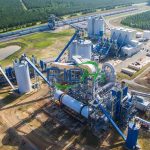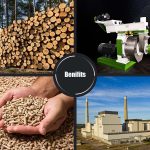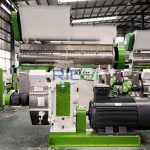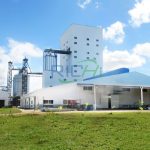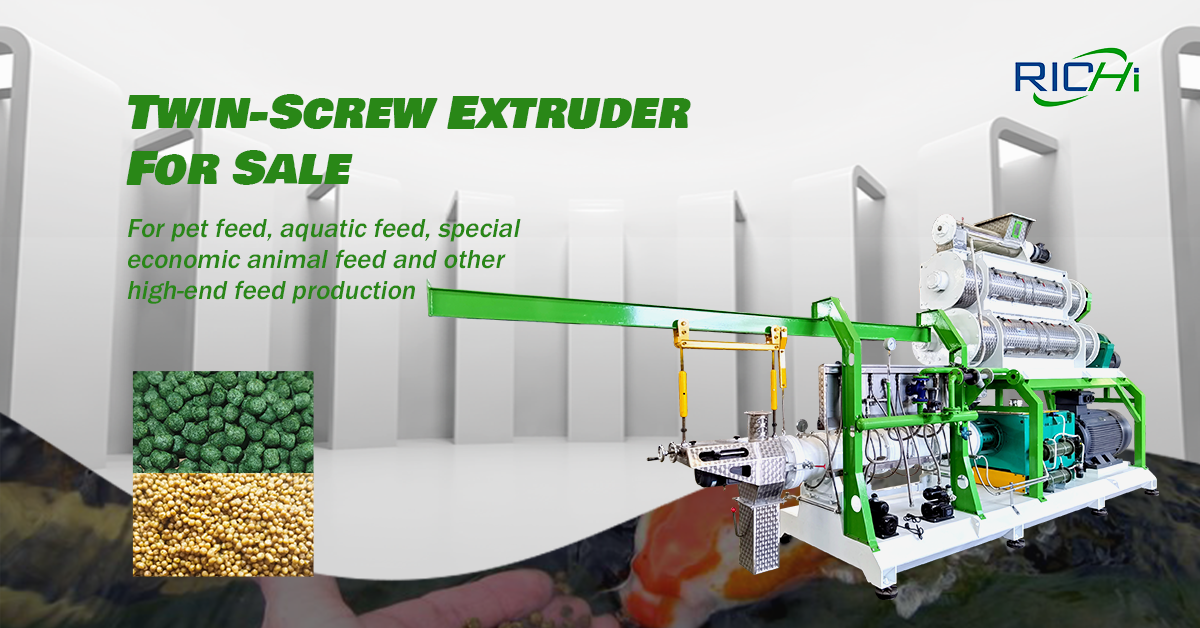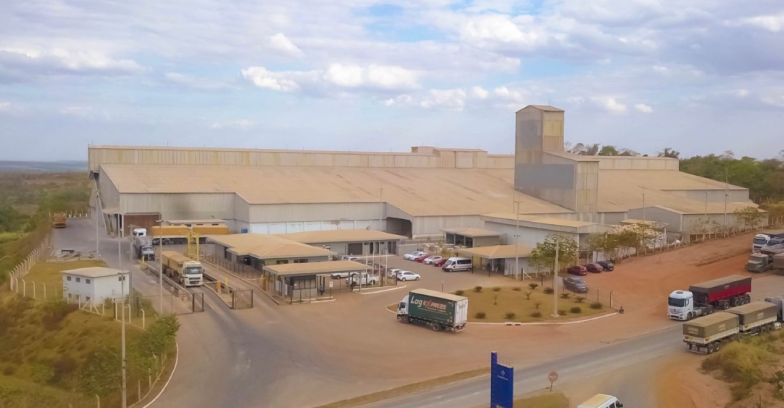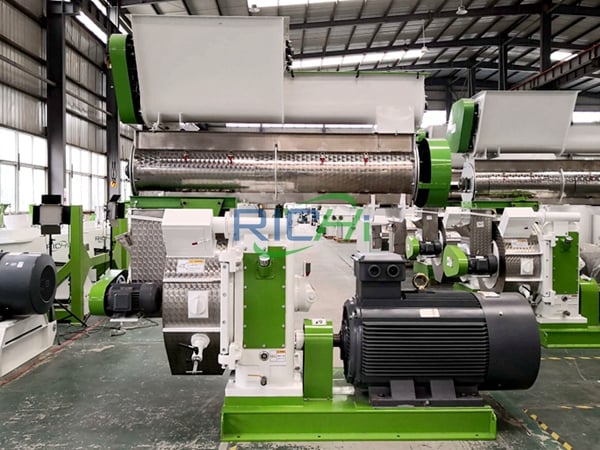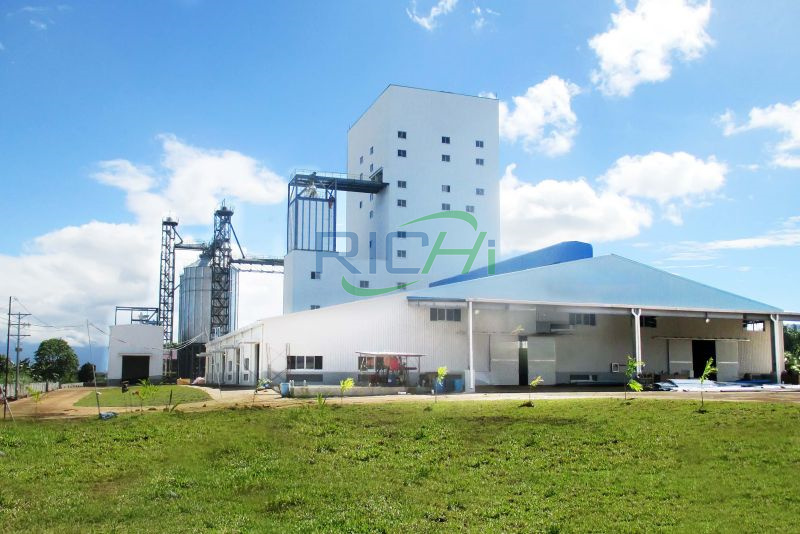Selecting the right pet food extruder machine is crucial for manufacturers looking to produce high-quality pet food efficiently and cost-effectively. With the growing pet food industry and increasing demand for diverse pet food products, choosing the appropriate extruder can significantly impact your production capabilities and product quality. This comprehensive guide will walk you through the key factors to consider when selecting a pet food extruder machine.
- Production Capacity
One of the most critical factors in choosing a pet food extruder machine is its production capacity. Consider your current needs and potential future expansion:
- Small-scale production (50-200 kg/hour): Suitable for small businesses or pilot projects
- Medium-scale production (500-1000 kg/hour): Ideal for growing businesses or medium-sized manufacturers
- Large-scale production (1-5 tons/hour): Appropriate for large commercial operations
Ensure the machine’s capacity aligns with your production goals to avoid underutilization or bottlenecks in your process.
- Types of Pet Food Products
Consider the variety of pet food products you plan to produce:
- Dry kibble
- Semi-moist food
- Treats and biscuits
- Specialty diets (grain-free, high-protein, etc.)
Different products may require specific extrusion capabilities, so choose a machine that can handle your desired product range.
- Extruder Configuration
Pet food extruders come in various configurations:
- Single-screw extruders: Generally more affordable and suitable for simpler formulations
- Twin-screw extruders: Offer greater versatility and control, ideal for complex recipes and specialty products (Related post:pet food production line price)
Consider your product complexity and future innovation plans when selecting the extruder configuration.
- Temperature Control and Cooking Capabilities
Proper cooking is essential for pet food safety and quality:
- Look for machines with precise temperature control
- Consider extruders with multiple heating zones for better process control
- Check for steam injection capabilities for improved cooking and gelatinization
Ensure the extruder can achieve the necessary cooking temperatures and times for your specific formulations.
- Die and Cutter System
The die and cutter system determines the shape and size of your pet food products:
- Interchangeable dies for product variety
- Adjustable cutters for different kibble sizes
- Durability of die and cutter materials
Choose a system that offers flexibility in product shapes and sizes while ensuring longevity of components.
- Material Construction and Durability
Invest in a machine built to last:
- Look for food-grade stainless steel construction
- Check for wear-resistant materials in high-stress areas
- Consider corrosion-resistant coatings for longevity
A durable machine may cost more upfront but can save money in the long run through reduced maintenance and longer lifespan.
- Ease of Cleaning and Maintenance
Regular cleaning and maintenance are crucial in pet food production:
- Look for machines with easy-to-disassemble components
- Consider extruders with CIP (Clean-in-Place) systems
- Check for accessibility of all parts for thorough cleaning
Efficient cleaning processes can reduce downtime and ensure food safety compliance.
- Energy Efficiency
Energy costs can significantly impact your operational expenses:
- Look for machines with high energy efficiency ratings
- Consider models with variable speed drives to optimize energy use
- Check if the machine has energy recovery systems
An energy-efficient extruder can lead to substantial savings over time, especially for large-scale operations.
- Control Systems and Automation
Modern pet food extruders often come with advanced control systems:
- PLC (Programmable Logic Controller) systems for precise process control
- Touch screen interfaces for easy operation
- Recipe management capabilities for consistent production
- Data logging and reporting features for quality control
Advanced control systems can improve product consistency and simplify operation.
- Flexibility and Scalability
Consider your future growth and product development plans:
- Look for extruders that can handle a wide range of ingredients
- Check if the machine can be easily upgraded or expanded
- Consider modular systems that allow for future additions
A flexible and scalable extruder can adapt to your changing business needs.
- Brand Reputation and After-Sales Support
Choose a reputable manufacturer known for quality and reliability:
- Research customer reviews and testimonials
- Check the manufacturer’s history and experience in pet food extrusion equipment
- Ensure availability of spare parts and technical support
- Look for warranties and service agreements
Good after-sales support can be crucial for maintaining your machine and minimizing downtime.
- Compliance with Food Safety Standards
Ensure the extruder meets relevant food safety standards:
- Look for compliance with FDA regulations for pet food production
- Check for HACCP (Hazard Analysis and Critical Control Points) compatibility
- Consider machines with features that support FSMA (Food Safety Modernization Act) compliance
Compliance is crucial for legal operation and may be required by some pet food retailers.
- Cost and Return on Investment
While price is an important factor, consider the total cost of ownership:
- Initial purchase price
- Installation costs
- Operating costs (energy, labor, maintenance)
- Expected lifespan of the machine
- Potential revenue from increased production capabilities
Calculate the return on investment to ensure the machine aligns with your business goals.
- Integration with Existing Equipment
Consider how the new extruder will fit into your current production line:
- Check compatibility with existing pre and post-extrusion equipment
- Consider space requirements and facility layout
- Evaluate any necessary upgrades to supporting systems (e.g., power supply, cooling systems)
Seamless integration can minimize disruption to your current operations.
Conclusion
Choosing the right pet food extruder machine requires careful consideration of multiple factors. By evaluating your specific needs in terms of production capacity, product types, quality requirements, and operational considerations, you can select a machine that will serve you well for years to come. Remember to balance the initial cost with long-term benefits and operational efficiency.
Consulting with experienced manufacturers or industry experts can provide valuable insights to help you make an informed decision. With the right pet food extruder machine, you can efficiently produce high-quality pet food products that meet the growing demands of the market while ensuring food safety and consistency.
As the pet food industry continues to evolve, investing in a versatile and reliable extruder can position your business for success, allowing you to innovate and adapt to changing consumer preferences and regulatory requirements. Take the time to thoroughly research and evaluate your options to find the pet food extruder machine that best fits your current needs and future aspirations.


